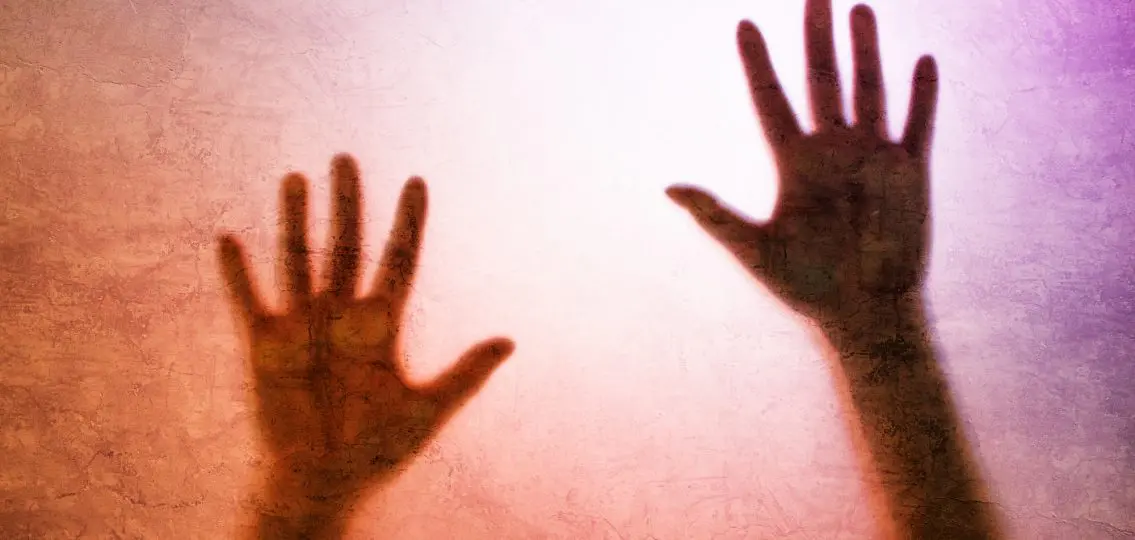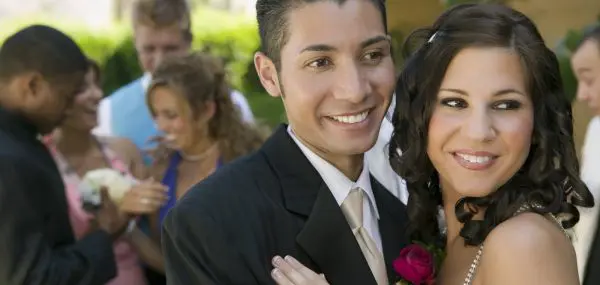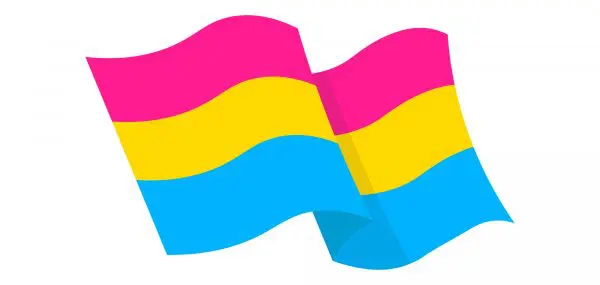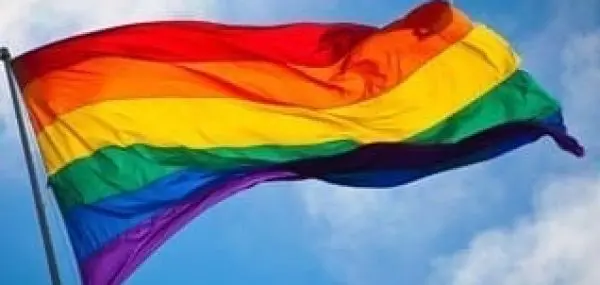As a rookie police officer, I was stoked to patrol Century Boulevard in a black and white cruiser. The mingling city lights and bustling activity created an aura of Miami Vice. Concerned citizens would complain about the “working girls,” so we would tell them to move along. We didn’t give the prostitutes much thought. After all, our primary focus was to catch real criminals: killers, robbers and gangsters.

What I Didn’t Know
Soon, I learned that many of these girls were desperate junkies, working for their next fix or looking for a way out. Some had been lured by money or other false promises. Some were seemingly attractive, while hidden from view were the bruises, scars, sores, missing teeth, diseases and personal tragedies. Also lurking in the shadows were the foul, revolting monsters who controlled them.
Prostitution, human trafficking—whatever you choose to call it—is slavery.
Today, there are more slaves than any other time in history. How many victims of human trafficking are there? Approximately 20 – 30 million are sexually enslaved worldwide. This figure is growing at alarming rates. An estimated 300,000 children are exploited in the sex trade in the United States every year. The global sex trade exploits over two million children annually. Some teenagers are particularly vulnerable to falling prey to sex trafficking. The average age of the victims is 12-14, although much younger children are abused as well.
All children are at risk.
Human traffickers typically prey on individuals who are vulnerable in some way. Some examples of high-risk populations include undocumented migrants, runaways, at-risk youth, the weak, and the oppressed. Some victims willingly go into the sex trade, while others are lured in.
Yet, both typically end in the same dead-end trap: a shattered life of hell that includes diseases, rapes, addictions, legal troubles, criminal records, unwanted pregnancies and children, abortions, dysfunctional relationships, depression, suicides, and hopelessness.
Sexual abuse is shrouded in shame and seldom talked about openly. You may encounter people every day and never realize they are or have been victims. They often do not seek help immediately, because they don’t know who to trust and where to go. Traffickers use shame, fear, or brainwashing to make victims distrustful of authorities. They instill a fear of independence through violence, substance abuse, weapons, sexual assault, mutilation, deception, confinement, isolation, affection, manipulation, lies, false promises and material, or monetary indulgence.
Now, after many decades in law enforcement, I can see the grave consequences of trafficking. Predators use the Internet and social media to lure people.
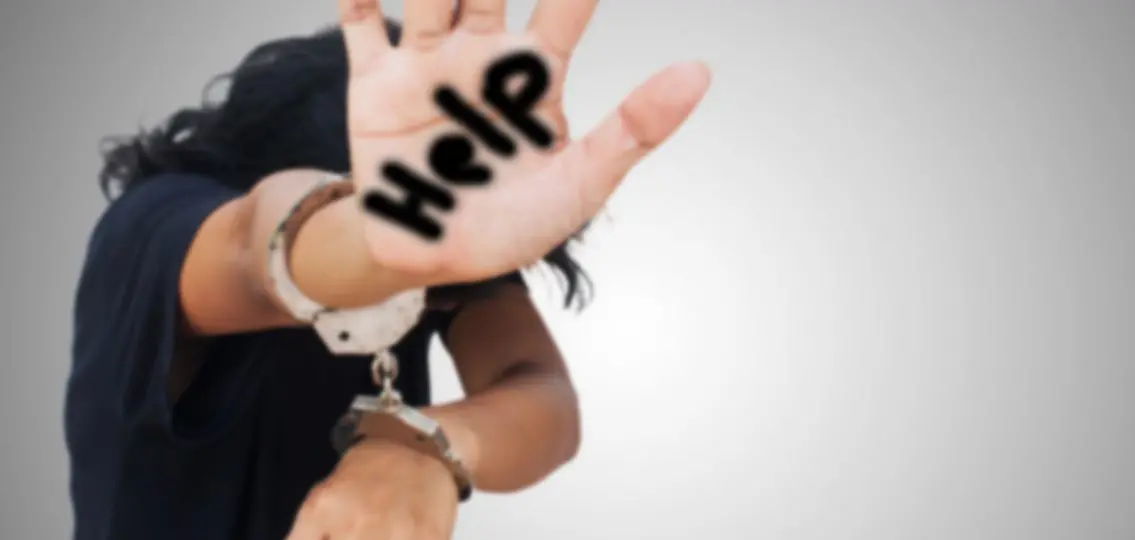
How Parents Can Protect Their Kids
Parents should know their kids’ social groups, whom they’re hanging out with, and where they are.
Parents need to control and monitor their children until they display a capability to make responsible decisions. Don’t be afraid to lay down the law in your home with your teenagers. After all, it is your home, and they are your children. As parents, we have the right to set the rules for the safety and security of our family. Teenagers may complain they feel “trapped” by your concern and protection, but you can point out how the other “trap of slavery” is far more cruel and dangerous.
